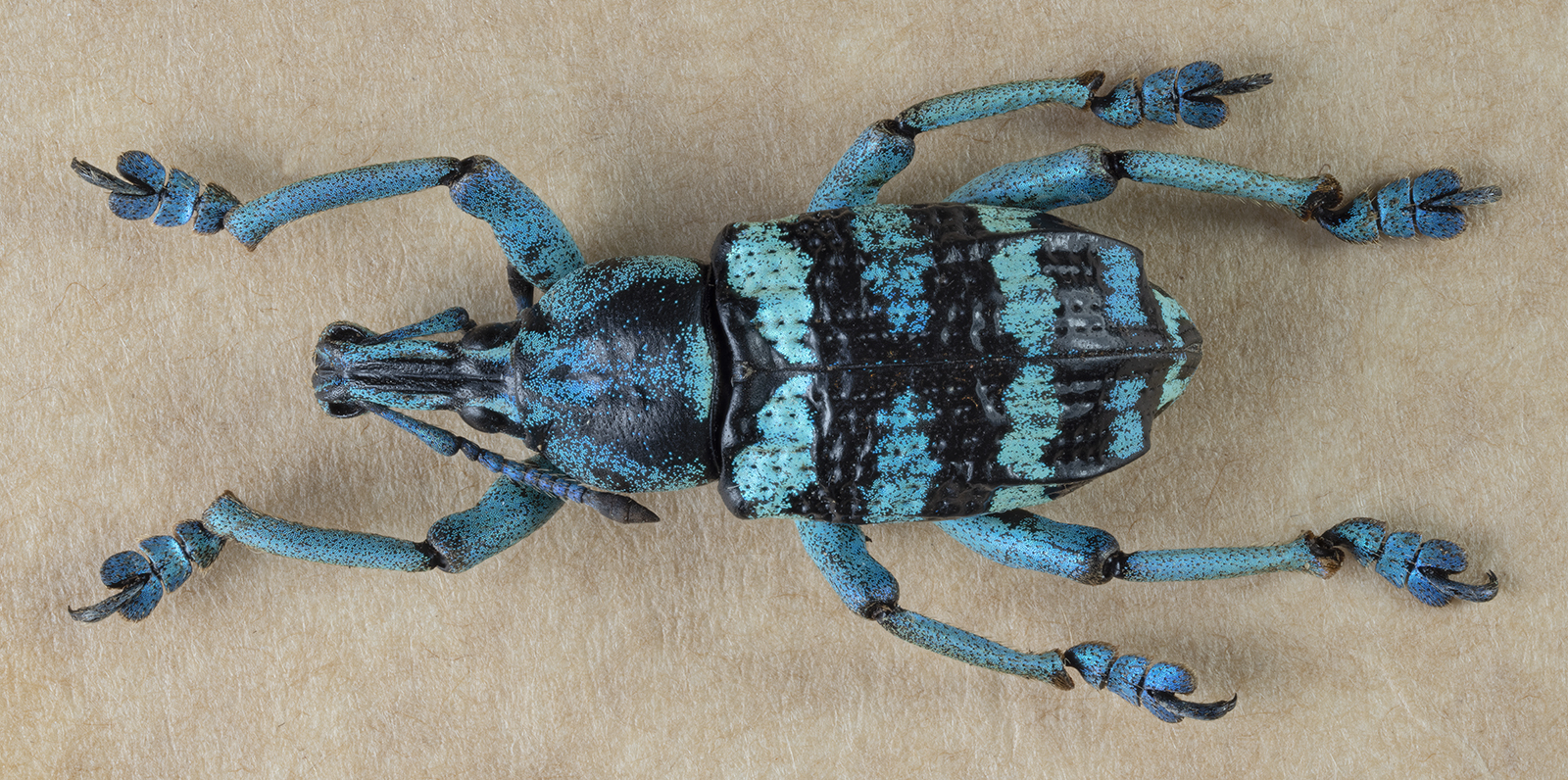Scotimages
Website: Coming This Year

60 image focus stack of the Orange Lantern Fly Penthicodes pulchellus (Wingspan 35mm)
(note: it has 2 pairs of wing and so it not a true fly (Diptera)




The blue banded weevil beetle Eupholus linnei is has tiny blue coloured scales (37 mm in length including the legs))
Animation of a Focus Stack of Eupholus Chevrolati

The teal weevil beetle Eupholus chevrolati derives its colour from tiny scales (34 mm in length including the legs).

Note the tiny scales (about 1/20mm long) that give Eupholus chevrolati its highly coloured exterior and lack of iridescence. The scales vary in colour.

Part of a 600 image stack of the snout and eyes of Eupholus chevrolati. The snout is considerably foreshortened. (taken with a reversed Nikon 50mm enlarging lens)

Abdomen and the sockets of the rear legs, Eupholus Chevrolati

The scales (about 1/20mm) of a Eupholus beetle showing the reflective inclusions. Possibly not colour accurate

A fuzzy ultra-macro image of the granular substructure of green reflecting inclusions in Eupholus chevrolati scales nearing the limit of conventional macro photography resolution. This was a very difficult image ro capture without axial illumination, which was not available to me. The severe lensing distortions produced by the tangential illumination and the scale itself add additional difficulties. The scales are about 1/20 of a mm long. The triangular green inclusion on the right is approximately 1/100 mm in size.

(Interpretation based on a scanning electron micrograph in a research paper)

The images above is a very small part of a stack of 187 images spaced at 20 um (1/50 mm).
The coloured dots on the dorsal surface of a Pachyrhynchus sp. beetle are made of tiny scales not visible to the naked eye.